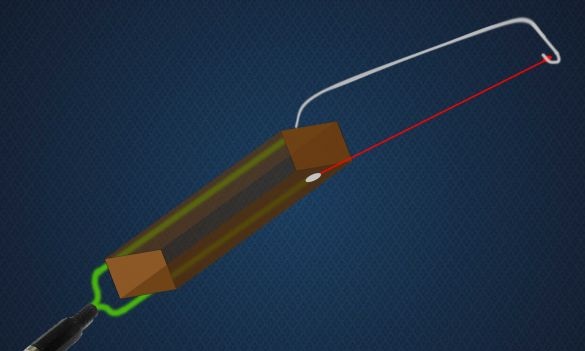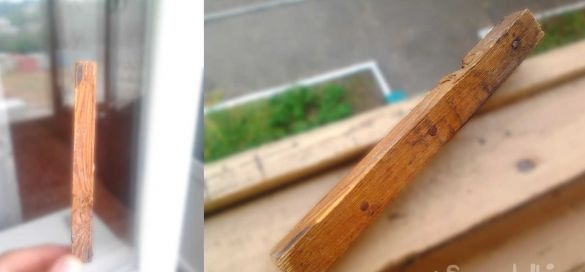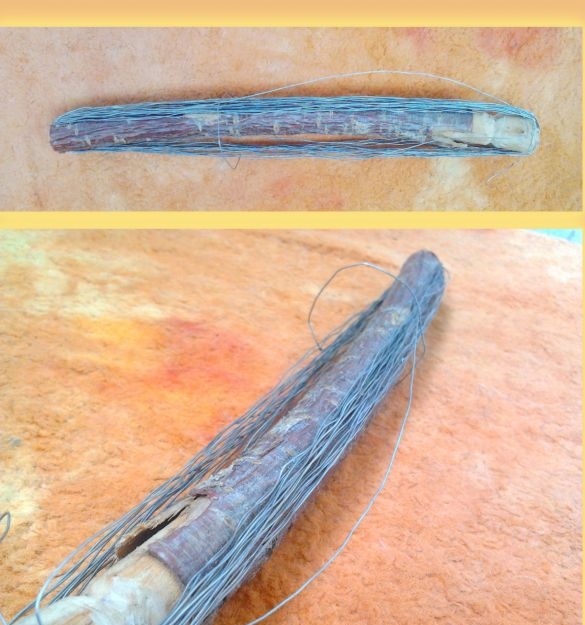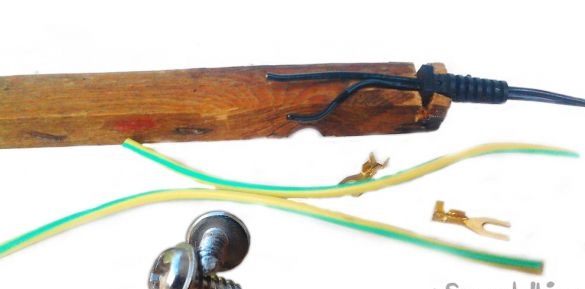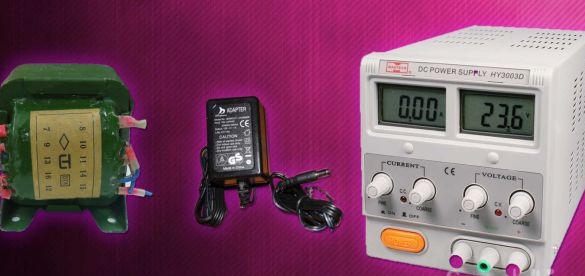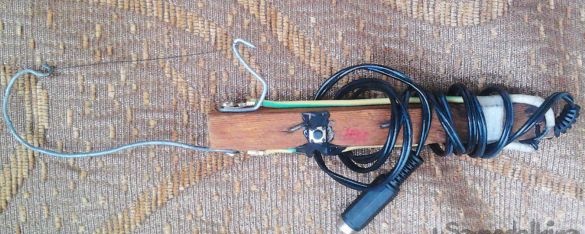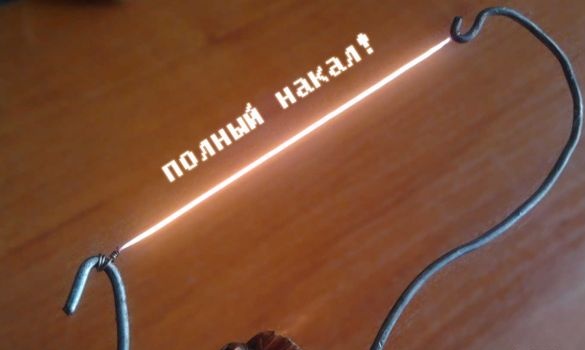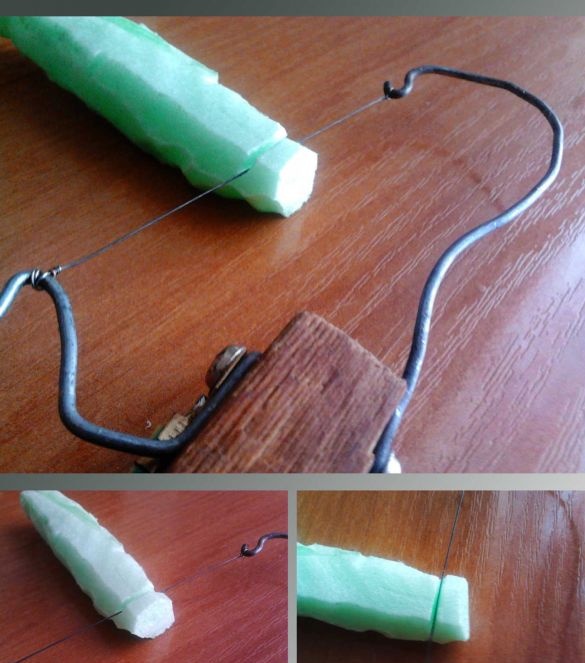Sometimes it is necessary to process the foam, give it the desired shape, cut, cut ... You can use a knife for this, but this is inconvenient, the cuts are not always smooth, it is difficult to cut the material, and even the sound is terribly annoying for most people. You can heat the knife, but this is inconvenient, since it will constantly cool. We will make a small and simple cutter for polystyrene foam and not only.
The basis for the temperature cutter of the foam will be a small wooden block. You can choose any dielectric handle for yourself or carve, for example, a beautiful and comfortable one on a lathe. It suits me like the one in the photo, it is convenient for her to work with, it has the shape of a rectangular parallelepiped, its length is 13 cm, and its width is 1.4 cm high.
Our thermo-cutter will not completely cut the foam, but will melt it. It is very convenient to give any shape to a piece of polystyrene foam with such a cutter and you can get used to and make real masterpieces. The heating element is a small piece of metal wire having a large resistivity, and my thickness (diameter) is somewhere around 0.6 mm. Examples of such metals and special alloys: tungsten, nichrome, constantine, fechral, chromal. You can buy a wire from such metals, and if you cannot find it on sale, then remove it from an old hair dryer, toaster, or some other simple technique in which something is heated. A small piece of wire will work as a resistor, to which a current is supplied that is greater than the set value, as a result of which such power is dissipated on it that it heats up.
You will not succeed in soldering the wire to a high-resistance ordinary soldering iron, no matter how you try, you can of course first transfer a little copper to the ends by electrolysis, but on the bar we fix it with a pair of nails or screws.
A current source can use a lot of things, for example, a low-power transformer, a switching power supply. The alternating voltage from the transformer winding can not even be rectified by a diode bridge. If there is a laboratory power supply, adjust the volts or limit the amperes to such a temperature that the desired temperature for melting polystyrene or other similar materials will be. I often use a 12-volt power supply - 0.5 Amperes (it is noticeably heated during long-term operation).The wire going from the burner to the energy source must be flexible and withstand constant bending, for example, it can be a specialized speaker cable. The load will be connected through a small 5.5 x 2.1 mm power socket.
If you want to make a thick sting or, for example, in the form of a knife, then it will have very little resistance. To warm up such “stings”, you need to apply a small voltage value, volts, two, three. Transformers with such a tiny value of the output voltage are rare, so if you rewind an ordinary one, we remove the standard secondary winding and take several copper wires connected in advance parallel to get a total diameter of about 5 mm, the maximum current depends on it. It is also worth remembering that if the current transformer is designed for low power, then do not pull out a large current and voltage from it. It will be very cheap to buy a PSU for fluorescent lamps (electronic transformer) and redo it, on the Internet a bunch of instructions on how to turn such a thing into a normal UPS.
It turns out that the torch instantly returns to operating temperature, and it cools down after disconnecting from the power supply. Therefore, in order not to waste energy and not to overload once again, what gives us tension we attach a miniature tact button to the gap. See the allowable current in this button to withstand such a powerful load.
You can give your cutter any shape you want. I got something like a warming knife saw. The thick wire at the same time almost does not heat up due to its small resistance, while the cutting wire, on the contrary, heats well. If I connect a low-power power supply, the thread just heats up, and if I take a powerful transformer, then the nichrome thread just fry to red, it looks cool (it shines very brightly in the dark, just like an incandescent lamp!), But I just don’t need such a high temperature .
What else can you do with such a thing? Yes, a lot of things! Firstly, it is very convenient for them to strip electrical wires from insulation, while copper or aluminum hairs are not damaged, as is the case when removing the rubber sheath with a knife or scissors. In addition, with such a little thing, with a certain form of the heater, it is possible to burn wood, in fact they have such a design. Next, cut a small amount of different plastics, including plexiglass. At the end, to give an aesthetic appearance, pull a large heat shrink or wrap with electrical tape. Well, at the end of the vidos, where the cutter is demonstrated in work.



